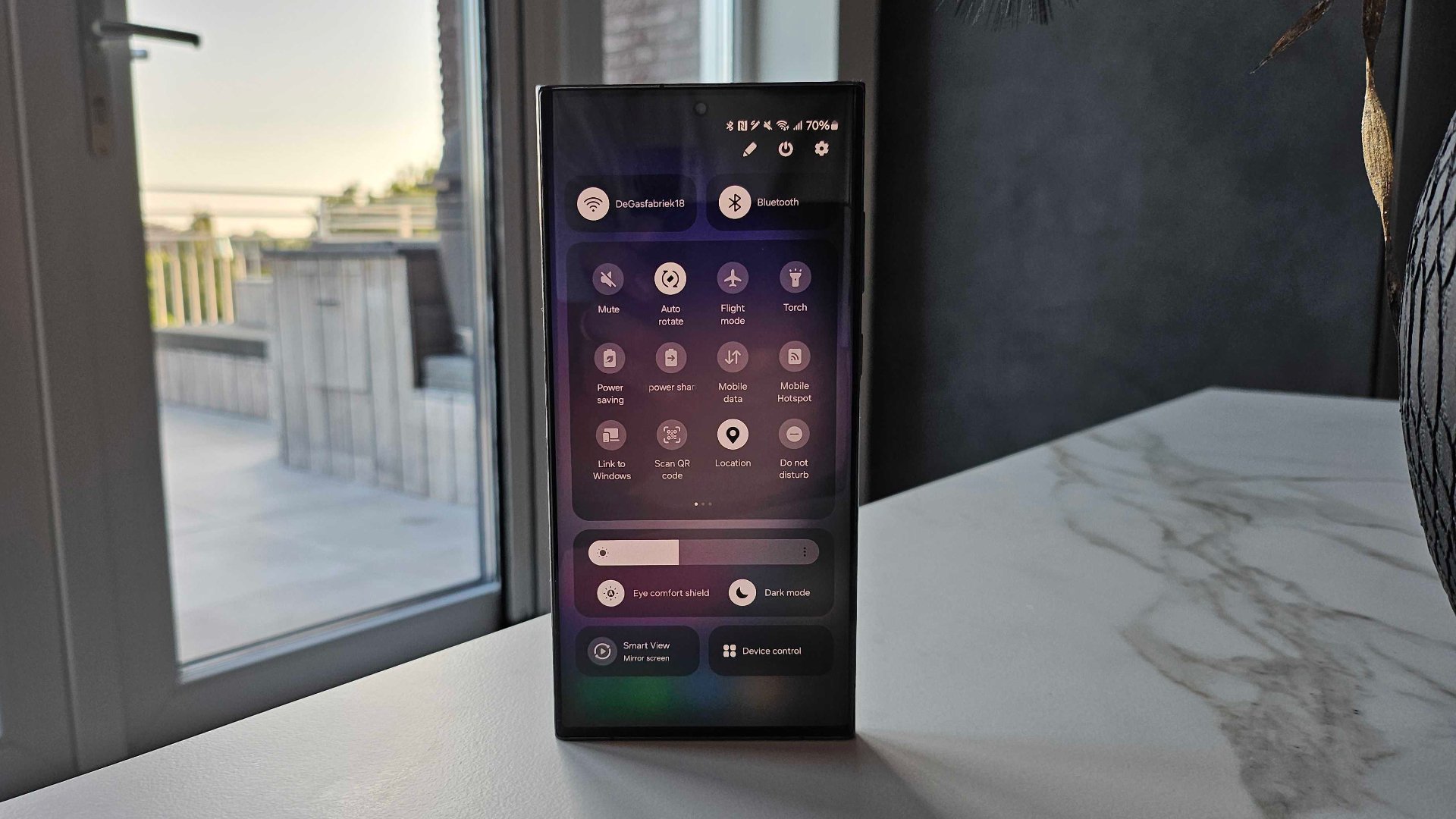The pace at which Samsung releases software updates has certainly improved over the years. Samsung was notorious for its update rollouts that moved at a snail's pace. Users would have to wait for months even as the same Android OS version would quickly arrive on devices from other OEMs. This was also the case with minor updates. It didn't reflect positively on the company and remained a pain point for customers.
Samsung has made sincere improvements in this department over the past few years. From establishing its monthly security update program to rolling out these maintenance releases, often before Google even details what's included in those updates. The gap between its beta program for new One UI variants and the public release has also been reduced.
The beta program would continue for a few months in the past before Samsung released the final iteration towards the end of the year. The public release would extend a couple of months into the new year as the company gradually updated all of its eligible devices. This was frustrating for users, since other Android OEMs would be done with releasing the major OS upgrade for their devices.
A serious effort has been made by Samsung in recent years to improve the timeline. The beta programs now start sooner and are quickly wrapped up. It goes to show that Samsung has either deployed additional resources to work through the issues in beta software or revamped its processes to ensure that beta software can be quickly prepared for final release.
The One UI 6.0 release is a great example of this improved performance. Merely a couple of months after the beta program was released, Samsung started rolling out the stable One UI 6.0 update for the Galaxy S23 series in October this year. This meant that over 100 million+ devices would be updated to the latest software sooner rather than later.
We've seen the company push forward at an impressive space. Most of its flagship devices have now received the Android 14 One UI 6.0 update. It felt like Samsung was keeping an unspoken promise to its users that it would release One UI 6.0 for most of the eligible devices before the end of 2023. As things stand, the company appears to be upholding that promise.
However, even as Samsung pushes ahead with the fast release, the results aren't being experienced by all users across all of the markets that it operates in. If you're in a major market like the United States, United Kingdom, India, etc, chances are that your One UI 6.0 eligible device has already received the update. If you're in a second or third-tier market, you may still be waiting for the update to arrive.
Grumblings from users in such markets are becoming apparent online. Users across Asia, Europe, North Africa, Middle East, Latin America, etc, continue to wait for the update as it doesn't go live for everyone everywhere all at once. You can imagine how this becomes frustrating when others who have the same device in another part of the world are able to get the update ahead of you.
It's great that Samsung has done a great job at reducing the time it takes for these updates to arrive for all of the devices in its portfolio. The company needs to ensure that this swift pace is felt by all users everywhere. It's useless to announce rollouts in a few headline markets just to show that each eligible device has now been upgraded. What matters more is that all users of that particular device, wherever they may be located, get the update as quickly as possible.
Users don't like feeling that they got the short end of the stick. Samsung needs to ensure a consistent user experience across all categories. It's already on weak footing due to its Exynos and Snapdragon split, as it's typically the second and third-tier markets that get the inferior Exynos-powered variants of its Galaxy S flagships. First, those users don't get the Snapdragon variants, and then they're made to wait even longer for major OS upgrades! It doesn't seem too fair, does it?
Hopefully, as Samsung has improved the other aspects of its software rollout experience, the company will focus on improving this too so that a major pain point of its customers located in all markets is resolved.






![[Video] Discover all the advanced features on your Galaxy phone or tablet!](https://www.sammobile.com/wp-content/uploads/2024/07/Samsung-One-UI-advanced-features-226x127.jpeg)
